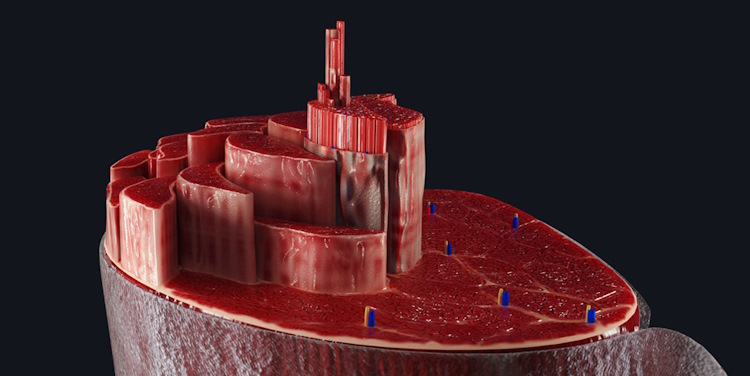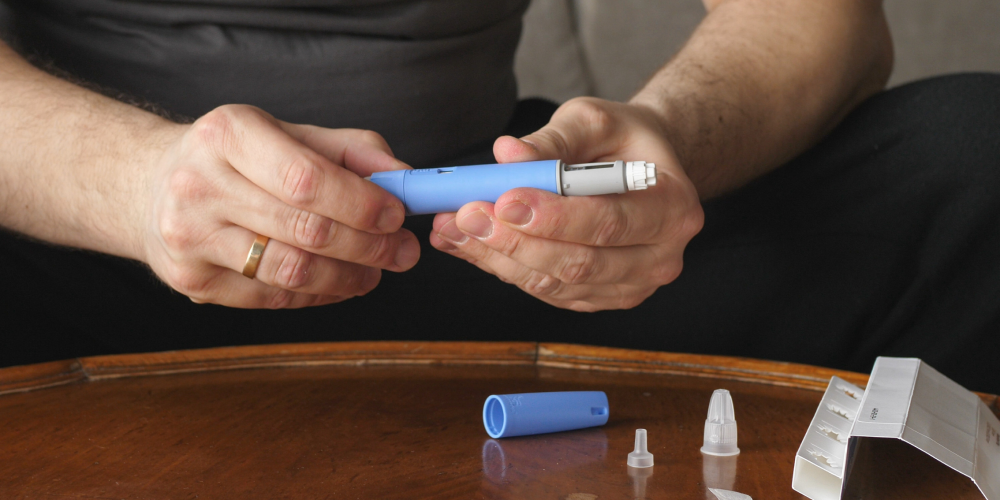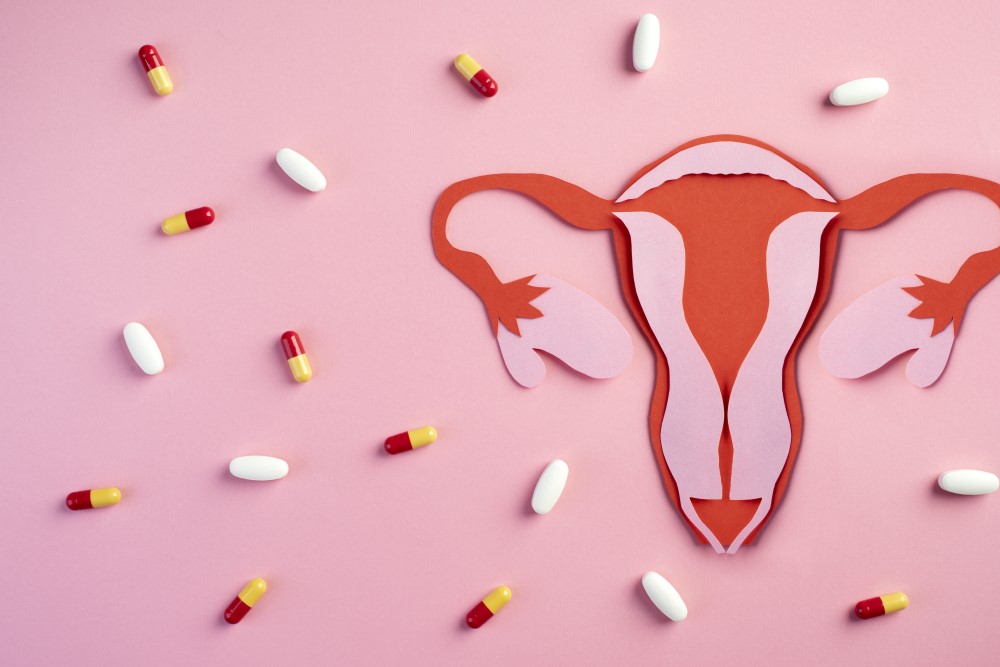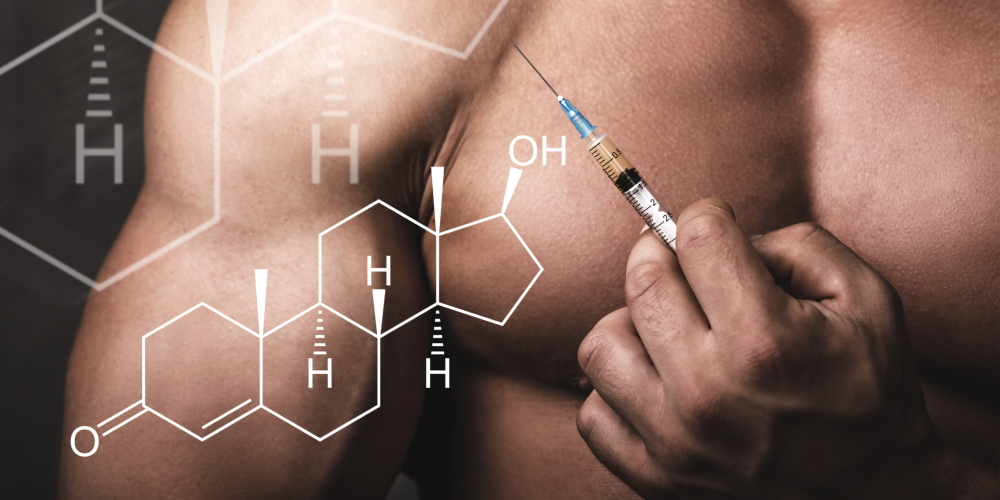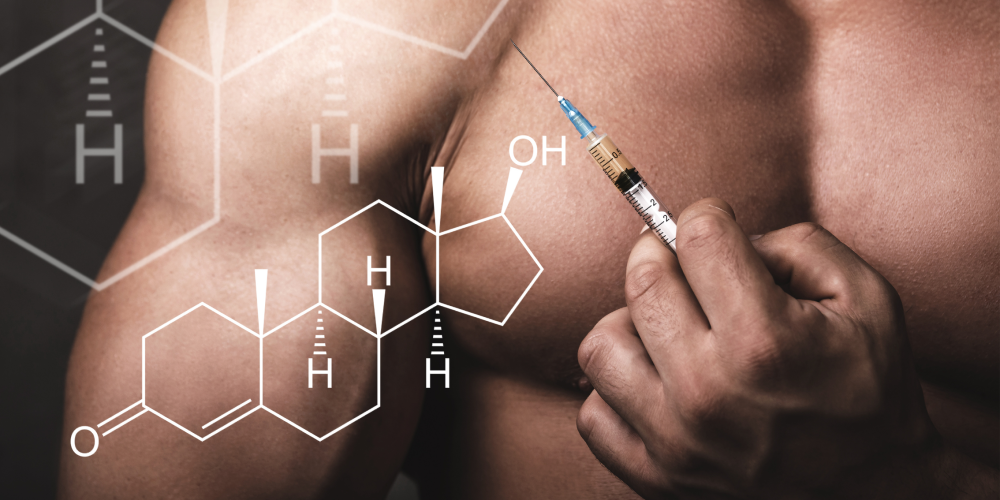Bloodwork – A closer look at HPTA results
The Hypothalamic-pituitary-gonadal axis, or HPTA, is probably the most important parameters a person should look for after a cycle, as it takes the heaviest toll after any steroid usage. Many different strategies and approaches can be taken to make sure your HPTA bounces back to normal when you’re off gear, but the most assertive and effective choices will be made with bloodwork results on hand. Here’s what a good HPTA panel should contain:
1. Comprehensive Metabolic Panel (CMP-14): The purpose of a CMP is to conduct a broad assessment of various aspects of physical well-being, and also serves as an initial medical screening tool to review overall health. It can detect a range of abnormalities in blood sugar, nutrient balance, and liver and kidney health. This CMP-14 also functions as a check for kidney function, liver function, electrolyte, and fluid balance. A CMP consists of:
- alanine aminotransferase (ALT/SGPT);
- albumin: globulin (A:G) ratio;
- albumin, serum;
- alkaline phosphatase, serum;
- aspartate aminotransferase (AST/SGOT);
- bilirubin, total;
- BUN;
- BUN:creatinin ratio;
- calcium, serum;
- carbon dioxide, total;
- chloride, serum;
- creatinine, serum;
- eGFR calculation;
- globulin, total;
- glucose, serum;
- potassium, serum;
- protein, total, serum;
- sodium, serum.
2. Estradiol Sensitive LC/MS (Liquid Chromatography/tandem mass spectrometry): this is the most accurate test for estradiol in men. Estradiol is one of the three estrogens present in the human body, with the other two being estriol and estrone, although these two play a minor role in overall health and performance. This test is especially important for men considering, undergoing or after using any hormones. The level of estradiol should always be considered before using any type of “estrogen blocker”, be it an aromatase inhibitor/AI or a selective estrogen receptor modulator/SERM;
3. Follicle Stimulating Hormone (FSH) + Luteinizing Hormone (LH): Aside from anabolic steroids use, LH and FSH levels should be tested and monitored in those with hypogonadism, anorchia, menopause, gonadal failure, Klinefelter syndrome, complete testicular feminization syndrome, alcoholism, and castration.
- In both sexes, LH stimulates secretion of sex steroids from the gonads:
- In the testes, LH binds to receptors on Leydig cells, stimulating synthesis and secretion of testosterone.
- Theca cells in the ovary respond to LH stimulation by secretion of testosterone, which is converted into estrogen by adjacent granulosa cells.
- FSH stimulates ovulation, and is essential for the maturation of ovarian follicles. FSH is also critical for sperm production. It supports the function of Sertoli cells, which in turn support many aspects of sperm cell maturation.
The principle regulator of LH and FSH secretion is gonadotropin-releasing hormone (GnRH, also known as LH-releasing hormone) via a negative-feedback loop.



